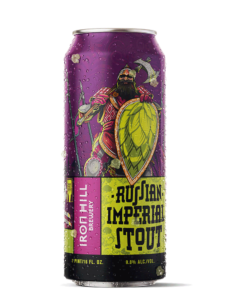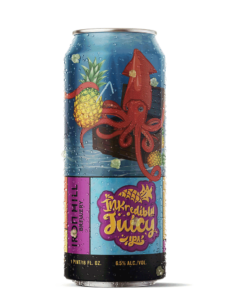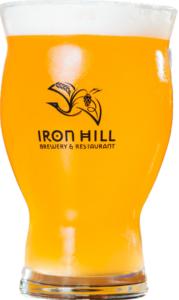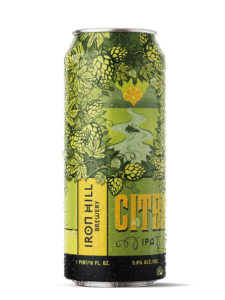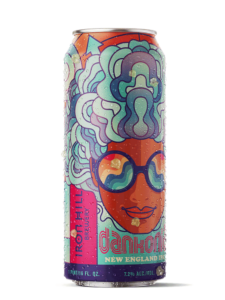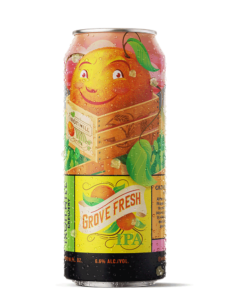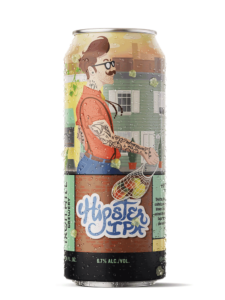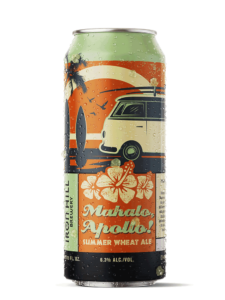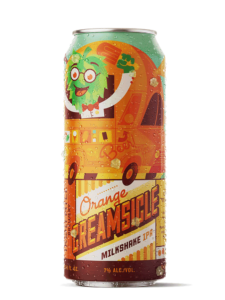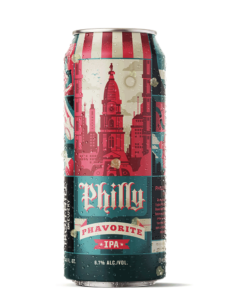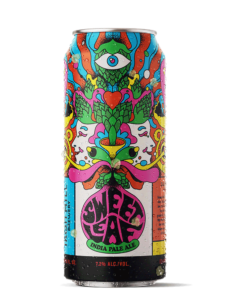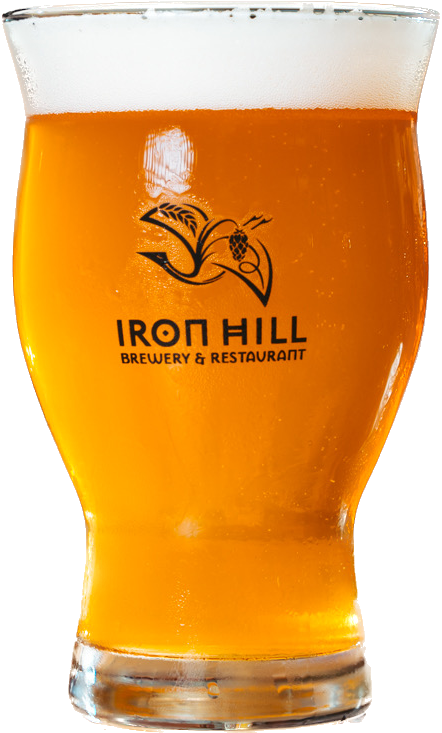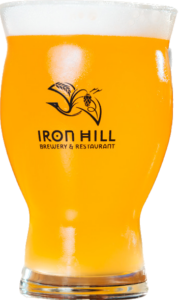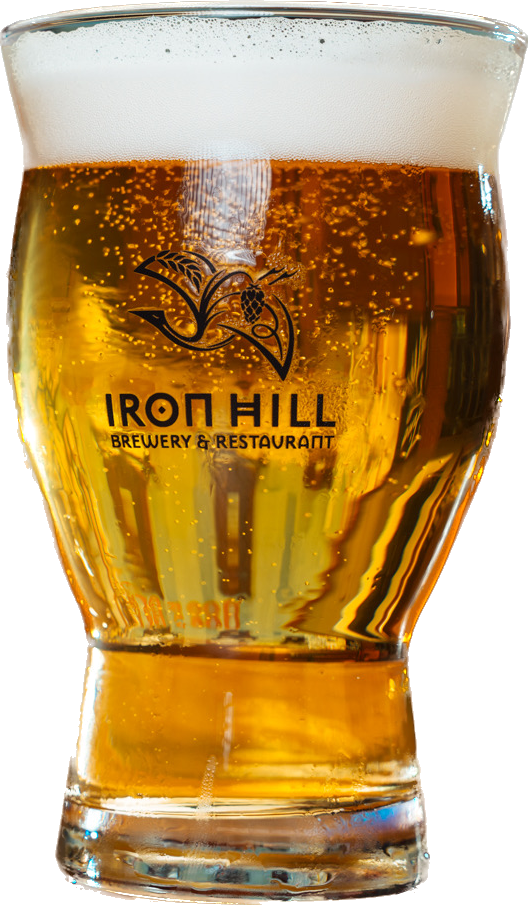Every brewer has been asked this one question at least once in their career: what is the difference between a stout and a porter? You would think that a question that simple would have a short, concise answer that could be explained in a tweet rather than a long blog post, but the difference is about as clear as these black ales themselves. At Iron Hill, we really should be qualified to differentiate between the two, given our history with dark beers. The only beer we brew that has been on tap since the day we first opened our doors in 1996 is our GABF winning robust porter, Pig Iron Porter. Speaking of awards, our bourbon barrel-aged stout, Grand Inquisitor has won before. So has Overload Stout in the coffee stout category. Solzhenitzyn, the seldom seen aged version of our Russian Imperial Stout is our most recent medal winner. We’ve even won medals when we brewed black lagers like our Schwarzbier. Oh, and then there’s the Russian Imperial Stout which picked up a total of 13 awards between the Great American Beer Festival and the World Beer Cup. We never planned on being known for dark beers, but it somehow turned into our specialty. If you came here looking to better understand stouts and porters, then you came to the right place.
Let’s start with a little history. The earliest mention of porter is in reference to early 18th century pubs in London that had three beers available: a fresh beer, an aged beer, and a pale ale. A blend of all three would be known as an “entire” and porter was simply an attempt by brewers to replicate it. That doesn’t sound even remotely like our process for Pig Iron Porter and many beer historians doubt the accuracy of that story, but that’s the legend we’re all told. The true story of modern porter probably arose from developments in malt. Brewers realized that it was more cost efficient to use pale malts rather than than brown malts, but they needed to make up for the loss of color with the addition of molasses or caramelized sugar. In 1817, Daniel Wheeler obtained a patent for “A New or Improved Method of Drying and Preparation of Malt” AKA the drum roaster. A new malt, known as “black patent,” was created and using it as a small percentage of the total grist would provide a black color and roasted flavor thus giving birth to modern day porter.
The origin of stout is very similar to that of porter. In fact, they’re identical. The word stout was simply used to indicate the strength of a beer, so a porter brewed with a higher original gravity would be called a “stout porter.” Imperial Stout, for instance, was specifically brewed to be strong enough to survive the long journey to Catherine the Great in Russia. Of course, we still consider our sessionable O’Sullivan Stout a true dry stout even though it’s low in alcohol and Baltic Porter is high in alcohol despite not being referred to as a stout. So, stout isn’t always a stronger version of porter. Wait, so stout and porter are the same thing? Well, not exactly. Most brewers will tell you that porters are brewed with roasted malt and stouts are brewed with unmalted roasted barley, but that’s not even true all the time. Some stouts are brewed with roasted malt and sometimes roasted barley still makes its way into porter recipes.
Ok, you got me. If you came here looking for a better understanding of these styles then you came to the wrong place. The lines that define these beers are extremely blurry and citing specific examples would be anecdotal. Don’t even get me started on Black India Pale Ale. Can a beer be black and pale at the same time? Isn’t it just an excessively hoppy, lighter-bodied porter? Is it any better to create a new style, Cascadian dark ale? Brewing history consists of centuries of brewers putting their own spin on historical styles or using a different proportion of ingredients in an attempt to create something original. Distorting the style guidelines is kinda what we do.
Who cares whether or not we call a dark ale a stout or a porter? Semantics have never been a strong point among brewers. Let’s focus on why we love these beers. Thanks to the invention of a simple drum roaster we can introduce flavors of chocolate and coffee into beer without adding any additional ingredients. The same magic that happens when you apply heat to food can be tasted in these beers. On Thanksgiving, you don’t cook your turkey in a microwave, you roast it in an oven. Why? Because it tastes better. The secret for most great foods is not listed on any nutritional label, because it’s not an ingredient, it’s a process. That is why porters and stouts have a more robust flavor than most other styles. That is why they pair better with certain foods than wine could ever do. This winter, open up a growler of Pig Iron Porter at the dinner table. Give 750mL bottles of Russian Imperial Stout as stocking stuffers. Come join us on the dark side.
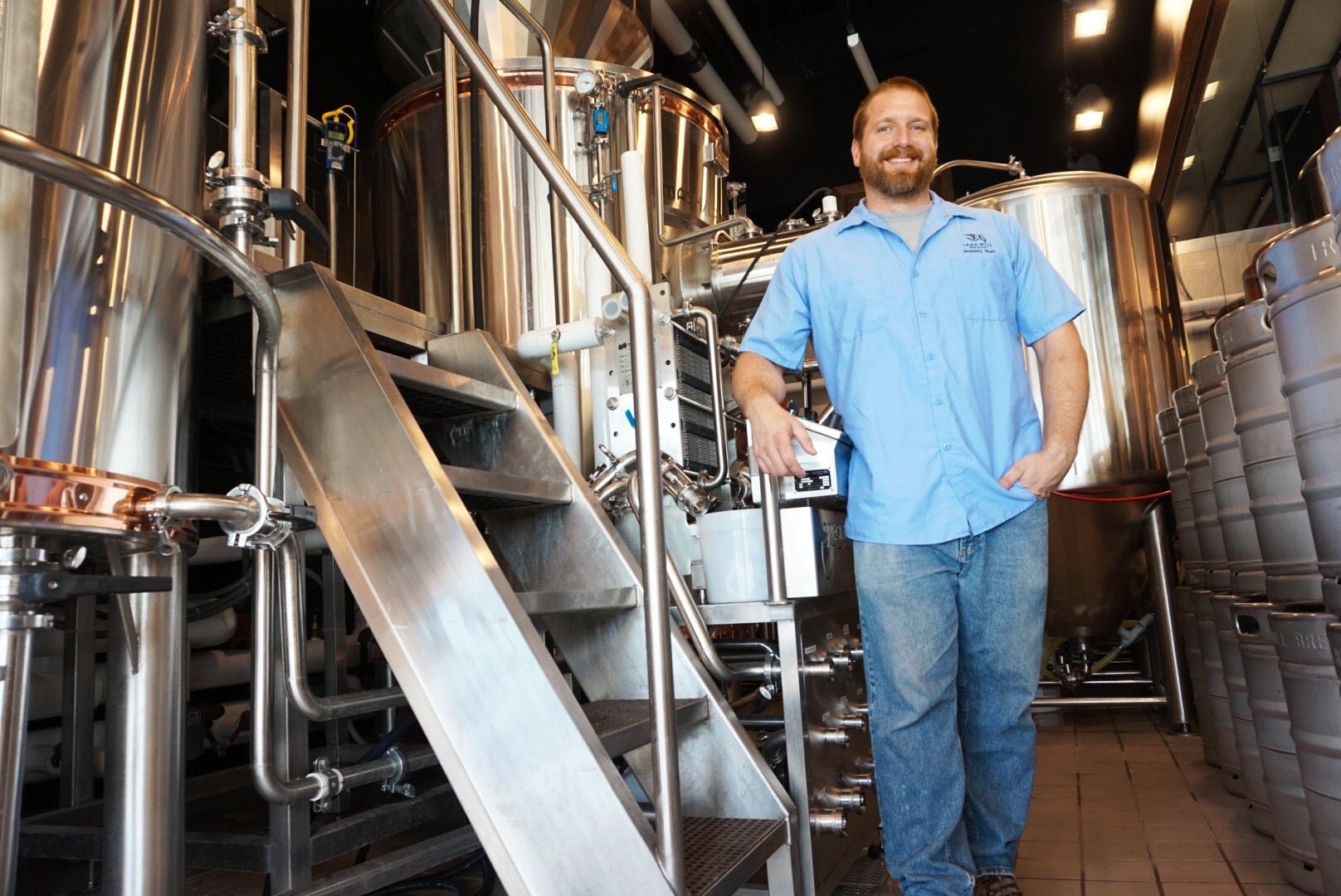
With 16 locations in Pennsylvania, Delaware, New Jersey and South Carolina, there’s an Iron Hill Brewery & Restaurant near you. Each brewery/restaurant has their own craft kitchen and scratch brewery, allowing individual chefs and brewers the creativity to pair the freshest ingredients with the highest quality grains and hops. Monthly releases vary by location, so scout our beers on tap and visit us soon.
This article was contributed by Doug Marchakitus. Doug is the Head Brewer at Iron Hill Chestnut Hill.

